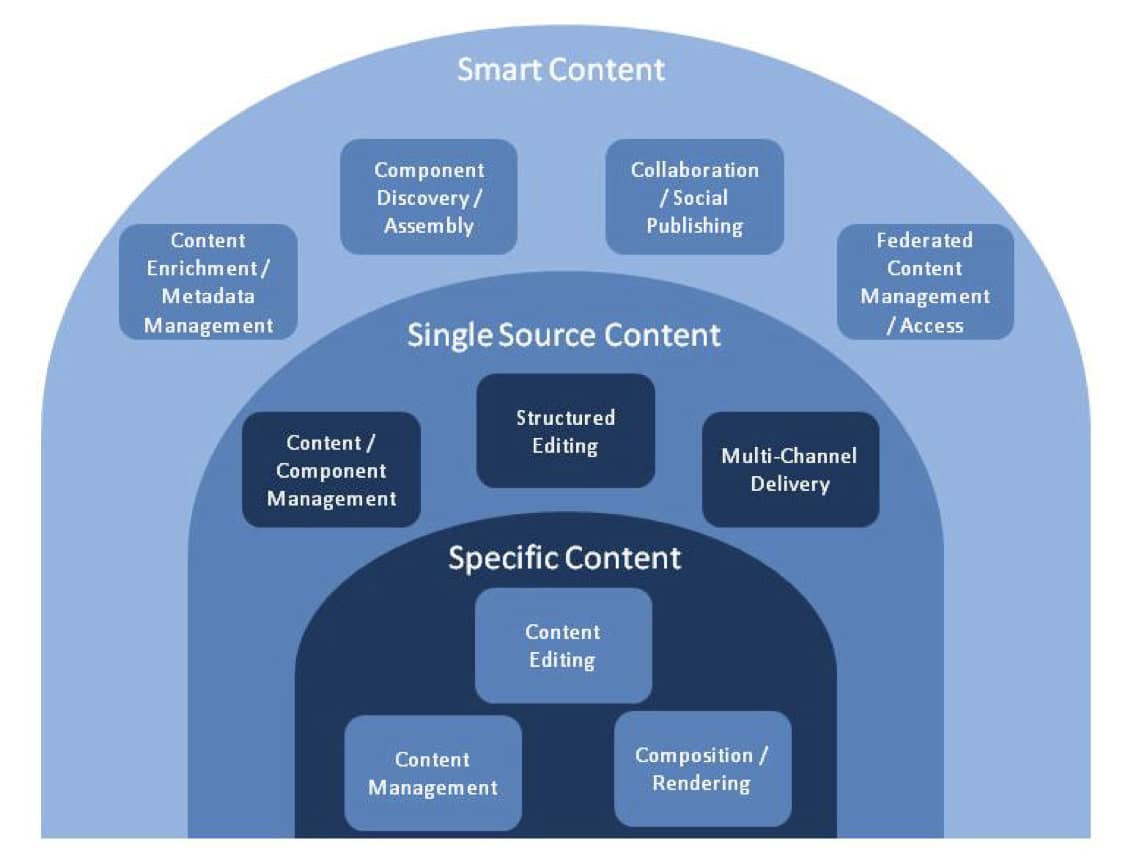As absurd as the title of this entry sounds, there is a point to it, especially when you consider all the theories being bandied about the consequences of book publishing’s encounter with ebooks specifically, and digital publishing generally. The sheer range in such theories is impressive, from the “print is dead” silliness (unless, perhaps, you are casting well into the future) to much more reasonable suppositions that book publishers as they are today may be in danger of disintermediation tomorrow (or, rather, 5, 10, or more years down the road), as digital technologies may engender significant shifts in the supply and value chains presently in place. There’s plenty of compelling evidence that real alternatives will exist, and are found in our newest study on book publishing and ebooks, A Blueprint for Book Publishing Transformation: Seven Essential Processes to Re-invent Publishing, now available for free download. One such statistic is from Bowker’s own analysis of the book industry, where it reports the number of new fiction titles being traditionally published dropped significantly from 2008 to 2009, while the overall number of book titles published, including fiction, exploded due to non-traditional publishing efforts such as “self-publishing” and ebooks.
Don’t write off book publishers yet, however. We see that book publishing across all segments—from trade, to educational, STM, and professional—have been making good progress, especially in approaching digital workflow as a necessary process improvement, and, even with the use of XML for content creation and management within such workflows. While the industry as a whole still can’t be thought of as all that fast moving (after all, many book publishers still take a year or two to get a signed book into the hands of readers), speculation that these “dinosaurs” are doomed is simply unsupportable.
Blueprint provides an in-depth look at publisher responses to digital mandates, identifies winning strategies for ebook technologies, processes, and systems. One of the sponsors of this multi-sponsor study is the Book Industry Study Group (BISG), and in a letter to its members about the recently published Blueprint, BISG’s Executive Director, Scott Lubeck writes:
We all hear a great deal about change in our industry, but very little on how to accomplish this in a constructive way. The key to managing change is not mastering technology—however important that may seem to be—but rather in mastering process. If you don’t understand the processes that underlie and drive your businesses you can’t change them let alone improve them, you can only watch them collide, and in the worst cases implode, as new opportunities emerge or new competencies are required.
It is the very fact that book publishing entails many processes which places the industry in the captain’s chair, even as self-publishing has its role to play as more and more services are available to self-publishers that reflect the wide range of processes (e.g., think promotion and marketing, for one) involved in book publishing. Book publishers know their business processes, and there is little that is simple about most publishing processes. Lubeck writes of one element of publishing that key to improving many publishing processes:
Good process and process awareness produce enormous value in the book industry value chain. The most salient example to my mind is metadata. Metadata is not one thing: there are bibliographic metadata, production metadata, marketing metadata, product metadata, just for starters; and all metadata maps to the core publishing process that produce it. If you want to improve metadata—and you better had in order to succeed in the digital world—you have to understand and improve these processes. The technologies follow.
Now, I’m not going to suggest that book publishing as a whole—and more so in some segments than others—has no significant challenges. Book publishing carries, in many of the companies, high debt loads, and the overall margins can be modest. And long-established industries—think music recording—can all too easily be their own worst enemies, refusing to respond to changing market realities, and there’s no guarantee that book publishing won’t be equally stupid.
But it looks good so far, perhaps because publishing has long been struggling with debt and margins and has been desperate for reducing costs and increasing revenue. Digital technologies, when applied in service to publishing processes that are sound, serve these ends quite effectively.
Let us know what you think. Leave a comment. Drop a line.






